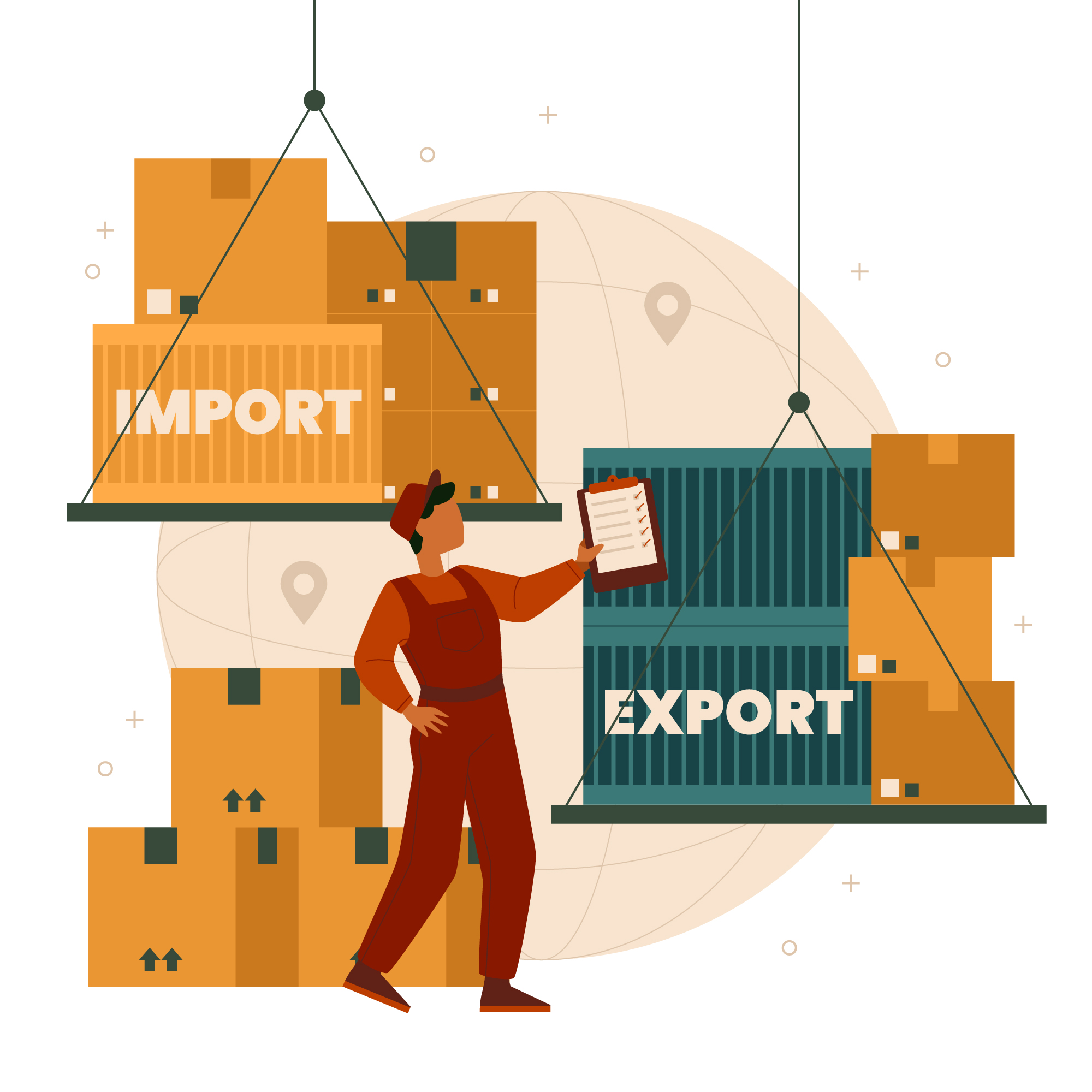Modern world of logistics is a swift environment and businesses need to be fast and efficient in order to beat the competition. A Transportation Management System (TMS) plays a significant role in making sure that companies will be capable of optimizing their supply chain, improving the delivery route, and ultimately, the bottom line. Having a powerful TMS can help to increase the overall efficiency of the transportation process, reduce costs, and provide better customer services.
This blog will discuss the primary benefits of implementing a TMS, and the ways in which a TMS can allow your logistics efforts to significantly improve.
1. Cost Cutting and Higher Level of Efficiency
The second advantage of TMS is that I will be able to save on cost of operations. A TMS enables the businesses to find the most cost-effective transport routes, and hence, optimize routes. A TMS will be able to select the best carrier solutions, avoid congestions on the highway, reduce fuel wastage, which ultimately would reduce transportation costs.
Moreover, a TMS may be automated to perform a large part of the manual workflow, such as choosing the carrier, tracking deliveries, and invoicing. The automation reduces the need to involve people, which not only enhances the efficiency of the process but it also reduces the errors in the operation hence makes decisions more accurate as well as less time-consuming.
2. Improved Tracking and Visibility
A TMS also provides a live trace of the entire procedure of transportation, such as the production of the order and its ultimate delivery. This allows businesses to be aware of where the shipment is, monitor stock, and be notified automatically of shipment delays or any other issues. With direct and updated access to information, businesses are in a better position to fulfill the demands of their consumers and to respond to any form of disruption as it occurs.
Real-time tracking and providing updates to the client can in many ways improve customer satisfaction. Knowing the whereabouts of their goods, when they can get them makes the customers trust the company and enhance the entire customer experience.
3. Increased Customer Service and Satisfaction
One of the keys to retaining and attracting customers in the modern competitive world is customer service. A TMS helps companies deliver their shipments on schedule and accurately and these are the primary factors to customer satisfaction. Moreover, the ability to promptly answer the customers, inform about the status of the orders, resolve the issues and spend the minimum possible time enhances the customer experience overall.
The more transparent shipping tracking process results in businesses having the ability to proactively post information about any delay or disruption to customers. As in the case of a weather event where the shipment was delayed without prior notice, the TMS can notify the customer and the business about the delay and offer them options. This kind of proactive communication can build customer loyalty and relations.
4. Risk Management and Regulatory Compliance
With cross borders logistics, transport is a very regulated and compliance based process. A TMS also reduces the pain of meeting such requirements by automating documentation and reporting. This includes ensuring that firms comply with the various local, regional and international laws relating to transportation and shipping.
The consolidation of the activities related to the compliance helps a TMS to reduce the risk of a mistake that could result in fines or delays. One such thing is the TMS is capable of automatically generating the appropriate custom documentation to foreign shipments; i.e. all the correct forms are completed and filled correctly and in a timely manner.
5. Data-Driven Decision Making
A TMS monitors big data during the transportation cycle, including shipping status, carrier performance and turnaround time. Using this information, businesses will learn so much about their transportation business, what is not working, where there is a bottleneck or what can be done to improve it.
Better decisions can be made based on data, such as selecting carriers or vehicle move paths. Having such information means that companies can continuously make the best use of their operations, improve level of profit and customer experiences.
6. Scalability and Flexibility
The type of transportation needs of an enterprise varies when the enterprise becomes large. New geographical locations, new carriers, and new volumes of shipment could be easily supported using a scalable TMS. A TMS allows you to scale your business whether you are a small business with a desire to grow your delivery network or a large business with a complex global supply chain.
7. Carrier Performance Management
It is also necessary to supervise and control the carrier activity in order to make certain transportation activities efficient. A TMS can also help companies evaluate how efficiently the carriers perform in such aspects as on time delivery, cost effectiveness, and service quality. This helps organisations make superior decisions when selecting carriers to deliver future shipments.
After monitoring the performance of the carriers during overtime operation, businesses form closer associations with the carriers they trust most, and they seek other partners to substitute the carriers that do not coping up. This method of performance indexing will also ensure that the various businesses continue to meet the high standards required of service, and also minimize their costs of transport.
8. Environmental Impact and Sustainability
Sustainability is increasingly becoming a relevant concept in the business and the consumer space. A TMS would help reduce the transportation related pollution like route optimization, less fuel and emission use. When companies are able to process historical data, they can identify the most energy-efficient route and make a more sustainable transportation decision.
A TMS offers companies wishing to improve their sustainability operations with the tools to trace and report on sustainability indicators such as fuel use and emissions. With such insights, the business may reduce its carbon footprint and demonstrate its commitment to environmental responsibility.
9. Interoperability with Other Systems
Other business systems that can readily integrate with a Transportation Management System include Enterprise Resource Planning (ERP), warehouse management systems and customer relationship management (CRM) software. This integration allows business to run their whole supply chain on a single platform and no longer need to use a large number of different systems or data is similar across the entire organization.
Integrating your TMS with other systems in your operations allows you to create one, end-to-end process of controlling inventory, orders, and shipments. This integration makes things easier and all the processes of the business in operation at the work place are synchronized making the business more efficient and productive.
Optimization of the Logistics through a Transportation Management System
A Transportation Management System (TMS) is an innovation that can be of significant benefit to any company willing to enhance its logistics operations. By streamlining the transportation process, making it more cost-effective, and transparent, a TMS can help companies to improve their transportation procedures, optimize the routing, and offer more timely service. Furthermore, the system can act as a powerful determinant to make decisions grounded with information and a harmonious flow of coordination within the overall chain of supply since it can be integrated with other business activities.
Not only can TMS be used to improve customer satisfaction, but it grants the company scalability, flexibility, and risk-management abilities. The information gained in a TMS can be applied to make smarter business decisions, improve regulatory practices, and, perhaps, even assist in making a more sustainable and environmentally friendly operation.









